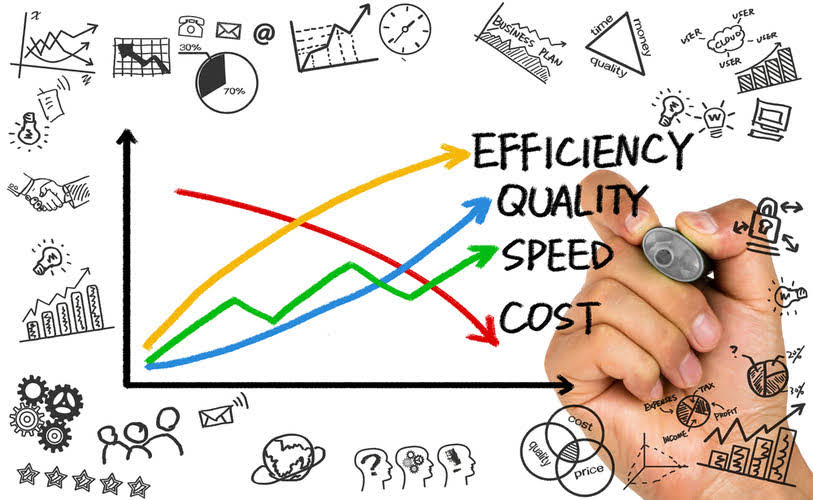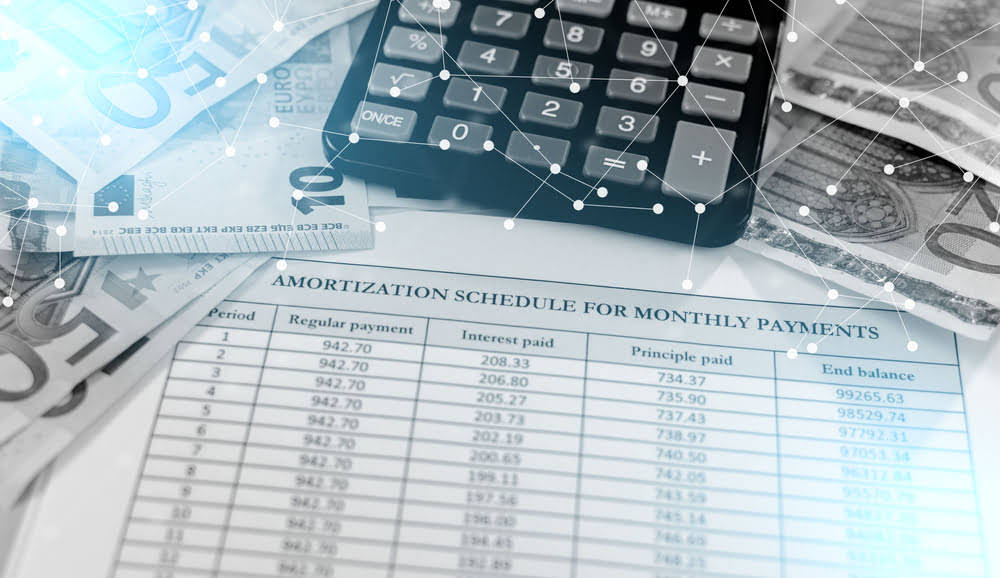How to Calculate Net Present Value NPV in Excel

The depreciable amount is then determined by subtracting the salvage value from the asset’s cost. Salvage value plays a crucial role in determining the worth of an asset at the end of its useful life. It represents the estimated value of an asset when it is no longer useful or productive to a company. Understanding salvage value is significant as it influences various financial decisions regarding asset management and depreciation. Salvage value is an asset’s estimated worth when it’s no longer of use to your business.
A Step-by-Step Guide to Calculating an Asset’s Salvage Value
Being “upside-down” on the remaining balance on your motorcycle loan means you owe more than the bike is worth. While it’s a tough situation, options like gap insurance or negotiating with after tax salvage value calculator lenders can help. Any recent mods, upgrades, or improvements you have made that can be proven with receipts could positively impact actual cost value that the insurance company totals.
- The buyer will want to pay the lowest possible price for the company and will claim higher depreciation of the seller’s assets than the seller would.
- The first step is to determine this value by determining market prices for similar assets, referencing professional appraisals, or negotiating with potential buyers.
- The depreciation rate is influenced by the asset’s useful life, salvage value, and the method of depreciation chosen, such as the straight-line or double-declining balance method.
- Calculatores offers you many other tools like percentage error calculator to calculate percent error of any measurement and sig-fig calculator to calculate significant figures in just one click.
- The useful life assumption estimates the number of years an asset is expected to remain productive and generate revenue.
How do I calculate the current value of an asset using depreciation?
While straight-line depreciation provides a clear-cut, step-by-step process to allocate asset costs, market value estimation swings in a different direction. It allows for a more fluid and market-oriented https://www.bookstime.com/articles/bookkeeping-austin approach to sizing up an asset’s potential worth in the open market. For example, If the useful life is estimated to be 5 years, the annual depreciation rate would be 1/5 or 0.20 (20%).
Table A-7: Nonresidential Real Property; Mid-Month Convention; Straight Line—31.5 Years
- It represents the amount that a company could sell the asset for after it has been fully depreciated.
- In the following sections, we will explore the exact meaning of salvage value and delve into its relevance in business operations.
- My depreciation calculator includes both MACRS depreciation calculations and straight-line book depreciation calculations.
- Multiply that amount by 20% to get the second year’s depreciation deduction.
- A4, Inc. is considering setting up a new paper mill at a cost of $100 million.
It is the estimated amount an asset can be sold for or the value it still holds at the end of its productive life. Based on all this information, you determine that Table A-1 (below) is the proper MACRS depreciation table to use for the office furniture. Since furniture is personal property (as opposed to real property), and it wasn’t placed in service during the last quarter of the year, the half-year convention must be used. As you might have guessed, that means you claim six months of depreciation in the year the property is placed in service and six months of depreciation in the year you remove the property from service. With the mid-quarter convention, you take 1½ months of depreciation in the quarter the property is placed in service and 1½ months of depreciation in the quarter the property is taken out of service. This convention is only used for real property (e.g., nonresidential real property and residential rental property).

Everything You Need To Master Financial Modeling

The carrying value of the asset is then reduced by depreciation each year during the useful life assumption. The useful life assumption estimates the number of years an asset is expected to remain productive and generate revenue. The salvage or the residual value is the book value of an asset after all the depreciation has been fully expired. Yes, repair shops can install used parts to repair your motorcycle, given they are in good condition and compatible. He is a licensed CPA who worked at Google as a Senior Financial Analyst overseeing advertising incentive programs for the company’s largest advertising partners and agencies.

Discover how to identify your depreciable assets, calculate their salvage value, choose the most appropriate salvage value accounting method, and handle salvage value changes. This means that the computer will be used by Company A for 4 years and then sold afterward. The company also estimates that they would be able to sell the computer at a salvage value of $200 at the end of 4 years. The estimated salvage value is deducted from the cost of the asset to determine the total depreciable amount of an asset. Subtract the accumulated depreciation from the initial cost to determine the residual value.
MACRS Mid-Month Convention

By subtracting the salvage value from the original cost, companies can calculate the carrying value of the asset after depreciation. This carrying value serves as an essential indicator of an asset’s remaining value on the company’s balance sheet. The cutoff value for repair refers to a threshold property damage amount set by many insurance companies, beyond which a vehicle is deemed a total loss. For instance, if repair costs exceed 70% of the vehicle’s pre-accident value, the insurance adjuster may consider the motorcycle totaled. When a company purchases a highly valuable tangible asset (e.g., machinery or vehicle), such a large expense can have a substantial impact on the yearly income statement of the company. So, to omit the sharp changes in the income statement, the purchase of expensive assets is smoothed in the accounting books by presenting the asset as an expense over its useful lifetime.
Why Calculate After-Tax Salvage Value?
This method gives results that are much closer to reality than when using the straight-line depreciation model. Still, it has its limits — the most significant issue of this method is its complexity. Suppose an asset for a business cost $11,000, will have a life of 5 years and a salvage value of $1,000. The straight line calculation, as the name suggests, is a straight line drop in asset value. Salvage value, also known as residual value, is the monetary value assigned to an asset after its useful life has ended and depreciation has been factored in.